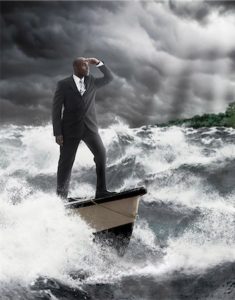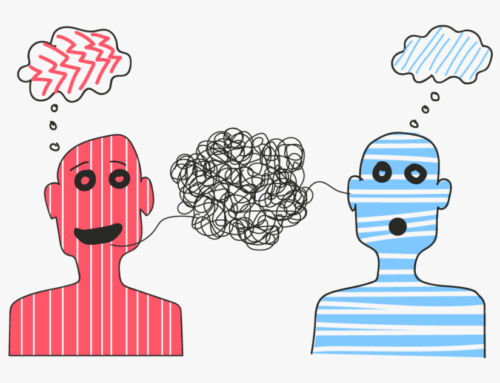Learning to Smooth the Rough Seas of Organizational Conflict
It may be difficult to face, but conflict exists in every organization. We’d like to think that with a basic level of planning, we will consistently encounter smooth sailing. But that is just as false of an expectation as a 19th century sailing vessel expecting nothing but smooth seas and calm weather. Take a quick look over the rail of a ship and you’d find that the ship is floating in a fluid environment with waves constantly rising and falling and slapping against the hull.
Our organizations are supported by a fluid environment, too, although the “fluid” on which our organizations depend consists of ever-changing human interactions of the people within them. Each person’s unique experiences and perspectives are valuable assets. They give your organization an almost limitless variety of experiences and ideas that carry your organization to its goals.
The Source of Conflict
The problem is that along with the assets of diversity comes the challenge of managing those unique perspectives. That’s because people are used to seeing things from their viewpoint, and they judge what they see against that viewpoint. So, when they see someone whose viewpoints vary from their own, they not only reject the ideas or actions, but judge the person, as well. That’s when the fluid environment of human interactions can start getting choppy.
Rather than asking questions and trying to understand the other person’s thoughts or reasons, they form a negative opinion of that person. As time goes on, they interpret the other person’s actions to fit that narrative (we find evidence of what we seek), solidifying their opinion even more. The divide between these individuals grows and their relationship and ability to team together becomes increasingly rocky.
Occasional choppy seas are expected. But organizations too often make the mistake of ignoring telltale signs of rougher waters ahead. They wait too long to adjust their course around them. Choosing to ride out the choppy waters, they plow straight into heavy storms before someone finally realizes that the situation has gone too far. At this stage, damage control becomes the modus operandi.
Finding Solutions
There’s another way, though, a better way. Rather than waiting to react only when a crisis is present, be proactive. Conflict is unavoidable, but crisis is preventable. Recognize the choppy waters, know where you’re likely to encounter rough seas, and adjust course before minor conflicts become a damaging storm.
Managing conflict can be learned. Our webinar series “The Dynamics of Conflict” is designed to build your awareness and provide you with strategies and techniques that keep your ship sailing smoothly. Let us get you on the right course toward finding solutions. Check out our first session, Preventing the Crisis, and begin to smooth the seas of organizational conflict.






